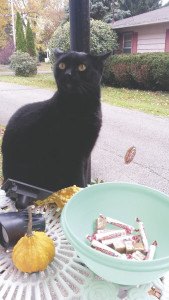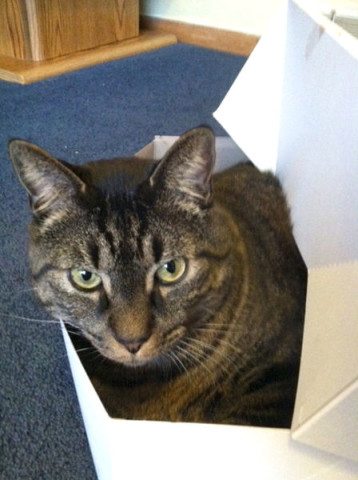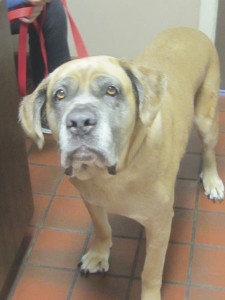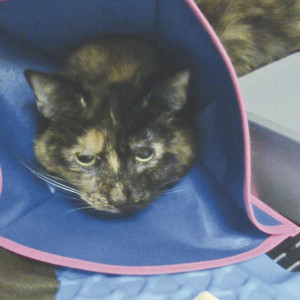Top 10 best things you can do for your pet
By Dr. Rebekah Frost - OBSERVER Columnist
1. Stop overfeeding your pets -The shelves in our local pet stores are packed with all kinds of treats. We sit down to eat dinner and drop little tidbits on the floor for our pets. Obesity is an epidemic in our country and in our pets. Over 54 percent of our pets in America are considered obese. Obesity can lead to a multitude of health issues including heart disease, diabetes, joint osteoarthritis, and urinary issues. Be an advocate for your pet’s health and talk to your veterinarian about a diet and exercise plan for your pet!
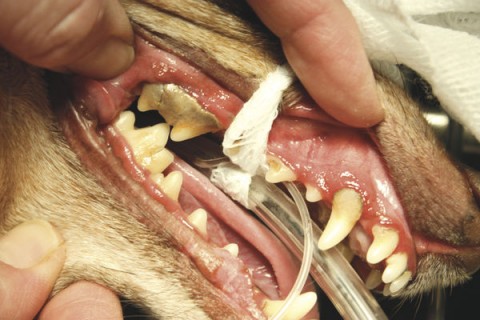 2. Proper dental care – February is dental health month. Dental disease can be painful and can take years off your pet’s life. Signs of dental disease include bad breath, drooling, difficulty chewing hard food, and sometimes weight loss. Proper dental care includes routine teeth brushing, dental treats, and dental cleaning under anesthesia by your veterinarian. A dental cleaning at our hospital includes a thorough scaling and polishing, probing and checking the roots of every tooth, possible dental radiographs, extractions if needed, antibiotic and fluoride treatments. If you are unsure if your pet has dental disease, call and schedule an appointment today. For the month of February the Dunkirk Animal Clinic is offering $25 off a dental cleaning for small dogs and cats, and $50 off a dental cleaning for larger dogs.
2. Proper dental care – February is dental health month. Dental disease can be painful and can take years off your pet’s life. Signs of dental disease include bad breath, drooling, difficulty chewing hard food, and sometimes weight loss. Proper dental care includes routine teeth brushing, dental treats, and dental cleaning under anesthesia by your veterinarian. A dental cleaning at our hospital includes a thorough scaling and polishing, probing and checking the roots of every tooth, possible dental radiographs, extractions if needed, antibiotic and fluoride treatments. If you are unsure if your pet has dental disease, call and schedule an appointment today. For the month of February the Dunkirk Animal Clinic is offering $25 off a dental cleaning for small dogs and cats, and $50 off a dental cleaning for larger dogs.
3. Spay/neuter your pets – In the past two months the Dunkirk Animal Clinic has seen a total of four pyometras. A pyometra is a life threatening infection of the uterus. Unfortunately, two out of these four dogs were euthanized and the other two underwent a very costly and difficult surgical removal of the pus-filled uterus to save their lives. When it comes to males, in the past three months I have seen three severe cases of rectal tumors. One dog had to be euthanized, and the other two underwent surgery to remove the tumors and were neutered at the same time. Females can also develop breast cancer and ovarian cancer. Males can also develop testicular cancer and prostate problems. All these issues can be prevented if you choose to spay and neuter your pet!
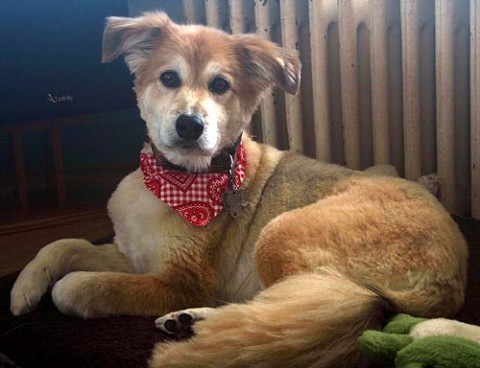 4. Geriatric testing ? At the Dunkirk Animal Clinic, we offer a program for senior pets to screen for any underlying health issues that can commonly develop as your pet ages. The goal is to take a proactive step in ensuring that your senior pets are being cared for to the best of our ability. Many times we have discovered an underlying heart condition, or a cancerous mass that can be removed before it spreads. The program includes either outpatient screening tests or inpatient screening tests. There is a discount offered for both of these services. Call us today for an estimate!
4. Geriatric testing ? At the Dunkirk Animal Clinic, we offer a program for senior pets to screen for any underlying health issues that can commonly develop as your pet ages. The goal is to take a proactive step in ensuring that your senior pets are being cared for to the best of our ability. Many times we have discovered an underlying heart condition, or a cancerous mass that can be removed before it spreads. The program includes either outpatient screening tests or inpatient screening tests. There is a discount offered for both of these services. Call us today for an estimate!
5. Parasite control ? This includes both internal and external parasite control. We highly recommend a yearly fecal test to rule out any underlying intestinal parasites and preventives on a monthly basis to help protect your pet from fleas, ticks, and heartworm disease. In the spring we also recommend a simple blood test for heartworm disease and for the diseases that can be transferred from ticks like Lyme disease. Heartworm and Lyme disease in the beginning stages can show very minimal clinical signs. This simple blood test is a very important part of your pets preventive care.
6. Basic grooming ? This includes keeping your pet’s coat trimmed and tidy, keeping the nails trimmed, and checking their ears on a regular basis. Matting of the hair coat can be painful and can lead to build up of stool and debris. If this occurs in the middle of the summer months, it can lead to attraction of flies which can turn into maggots.
7. Yearly physical exams and vaccines ? We still see many of the diseases in our pet population that we vaccinate against. It is very important to keep your pet protected. Rabies vaccine is required by law in our cats, dogs, and ferrets due to the ability of the virus to transfer to humans. Many of our stray cat population is carrying the Leukemia virus and the Feline Aids virus. Both of these are deadly and your pets can be protected by a simple vaccine. Parvovirus is a disease that can very quickly kill your young puppy. A simple vaccine will help protect against this disease.
8. Responsible pet ownership ? This not only includes all of the above, but ensuring that your pets are kept safe when at home. There are many owners that let their pets loose to roam. There are dangerous hazards outside that can be very difficult to protect our pets against including cars, other animals, and even people. Recently in my neighborhood, there was a very unfortunate situation that occurred when two dogs were shot and one was killed from roaming on other people’s property. We had done everything in our power to catch these dogs and report it to the dog control officers. But nothing was done, and the poor dogs met a horrible fate. A simple fence containment system could have prevented the whole ordeal.
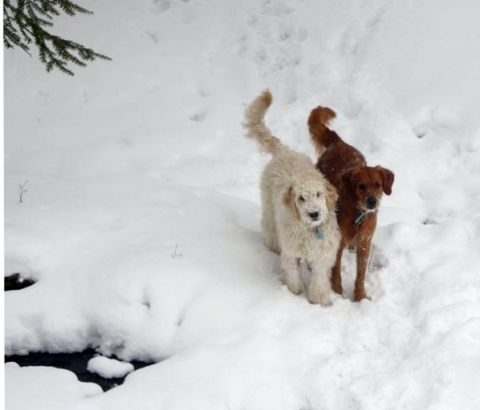 9. Play time and exercise – Some pets more than others need daily activities, play time, and exercise. One of these dogs would be my Border Collie Jake. He has endless energy and every day a walk, a game of fetch, or other activity is needed to prevent unwanted behaviors. He acts out and is very needy if he doesn’t get his daily activity! Even cats need daily play time. Toys or a laser pen are great ways to get your cat up and moving.
9. Play time and exercise – Some pets more than others need daily activities, play time, and exercise. One of these dogs would be my Border Collie Jake. He has endless energy and every day a walk, a game of fetch, or other activity is needed to prevent unwanted behaviors. He acts out and is very needy if he doesn’t get his daily activity! Even cats need daily play time. Toys or a laser pen are great ways to get your cat up and moving.
10. Lots of Love ? Finally our pets give us undivided love, give it back to them! They are loyal, loving companions and they just want our love and attention in return!


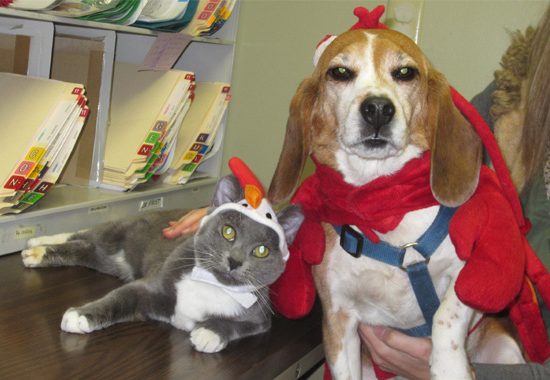
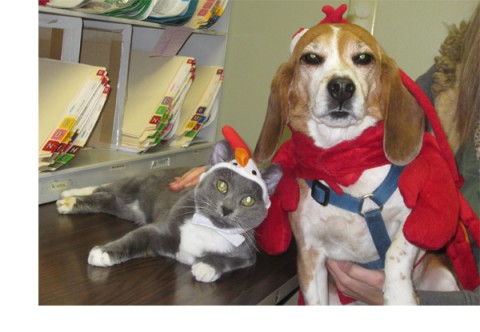 It is Christmas morning! We awaken with joy and hope as we put on our slippers and head down the stairs to gather around the Christmas tree with our family. We open our stockings and a few small gifts from our parents. But where is that gift from Santa? Mom and dad bring out a large wrapped box which seems to have noises coming from within. We can’t open the box fast enough! Out jumps a happy, tail-wagging yellow lab puppy! As animal lovers, most of us have had this dream and some have maybe had this Christmas wish come true! A puppy or kitten is one the best gifts we can receive. But let’s discuss the reality of owning a puppy or kitten, and make sure this is the right decision for your family.
It is Christmas morning! We awaken with joy and hope as we put on our slippers and head down the stairs to gather around the Christmas tree with our family. We open our stockings and a few small gifts from our parents. But where is that gift from Santa? Mom and dad bring out a large wrapped box which seems to have noises coming from within. We can’t open the box fast enough! Out jumps a happy, tail-wagging yellow lab puppy! As animal lovers, most of us have had this dream and some have maybe had this Christmas wish come true! A puppy or kitten is one the best gifts we can receive. But let’s discuss the reality of owning a puppy or kitten, and make sure this is the right decision for your family.
